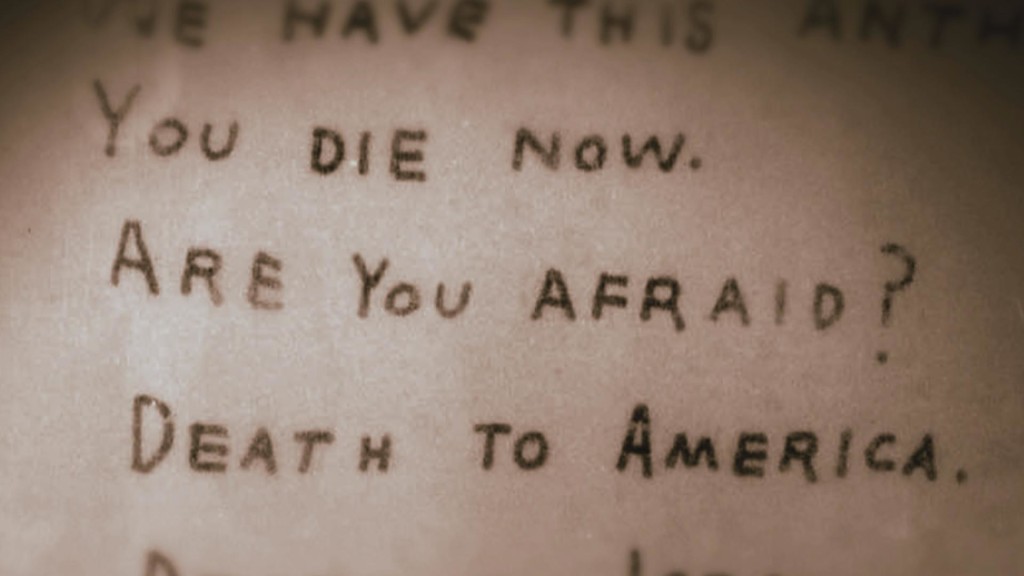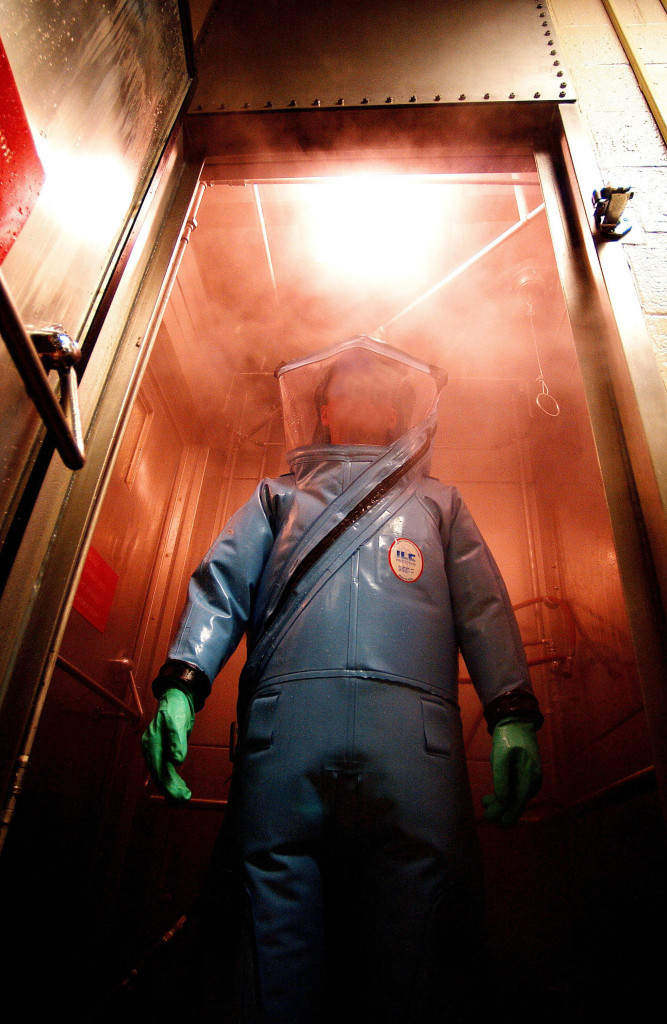New Report Casts Doubt on FBI Anthrax Investigation

December 19, 2014
Share
For a second time in three years, an independent inquiry cast doubt Friday on the FBI’s assertion that genetic testing had cinched its conclusion that a now-dead Army bioweapons researcher mailed anthrax-laced letters that killed five people and terrorized the East Coast in 2001.
The long-awaited report from the Government Accountability Office found that the FBI’s exhaustive, cutting-edge attempt to trace the killer with matches of genetic mutations of anthrax samples at times lacked precision, consistency and adequate standards.
The 77-page report, perhaps the final official word on the FBI’s seven-year investigation known as Amerithrax, lent credence to a National Academy of Sciences panel’s finding in 2011 that the bureau’s scientific evidence did not definitely show that the anthrax came from the Maryland bioweapons laboratory of Bruce Ivins.
The report’s findings also mirrored some of the conclusions of a joint investigation by FRONTLINE, McClatchy and ProPublica that was published and aired in the fall of 2011.
Shortly after Ivins took a suicidal drug overdose on July 29, 2008, federal prosecutors said they’d been drafting criminal charges against him, and they declared the scientist at Fort Detrick, Md., the culprit. In 2010, they laid out an extensive circumstantial case against him, presenting as a smoking gun the findings of genetic testing by outside laboratories that matched four distinct mutations in the anthrax spores in the letters with those in a flask full of anthrax in Ivins’ laboratory.
“The significance of using such mutations as genetic markers for analyzing evidentiary samples to determine their origins is not clear,” the auditors wrote. “This gap affects both the development of genetic tests targeting such mutations and statistical analyses of the results of their use.”
The auditors pointed out that an FBI team recommended in 2007 that the bureau conduct experiments to determine whether the mutations the FBI was seeking to match might not have been unique to Ivins’ flask, known as RMR-1029. However, those tests were never done.
That omission also drew concern from the National Academy of Sciences panel, which noted that it was possible that four identical “morphs” could have grown in another laboratory in what it termed “parallel evolution.”
The auditors also focused on contradictory test results from samples collected from a colleague of Ivins who’d used anthrax from RMR-1029. That colleague – Henry Heine, though he wasn’t named in the report – submitted one sample that tested positive in all five genetic tests, but a duplicate sample from his vial tested negative for all five markers, the report said.
The report said that Heine, in the presence of an FBI investigator, didn’t follow instructions for collecting one sample as laid out in a grand jury subpoena. The disclosure raises the possibility that inconsistent collection methods undercut the massive testing effort.
While praising the FBI for turning to four outside laboratories for genetic tests on more than 1,000 anthrax samples it had gathered, the report said the bureau’s laboratory had failed to ensure that all the samples were collected in the same fashion, gave “minimal” instruction to the outside labs and set insufficient standards for validating the results. It also failed to measure the uncertainty in its results, leaving it unclear how much weight they deserve, the report said.
Also unstudied was whether the anthrax spores grew differently in varying conditions, the report said.
The FBI said Friday that it stood by its conclusion, saying it “has complete confidence in the scientific results that provided investigators with leads” to the anthrax used in the attacks.
“As noted in the National Academy of Sciences Report, the genetic tests used by the FBI were well validated,” the bureau said, adding that after a review of all scientific analysis it “is satisfied that the analysis was conducted in a quality manner.”
“It is important to note that the scientific results alone were not the sole basis for concluding that Bruce Ivins committed the 2001 anthrax-letter attacks,” the bureau said.
However, Democratic Rep. Rush Holt of New Jersey, who was among three members of the House of Representatives who requested the audit from Congress’ investigative arm, said “the GAO report confirms what I have often said: that the FBI’s definitive conclusions about the accuracy of their scientific findings in the Amerithrax case are not, in fact, definitive.”
Holt, a scientist who’s retiring from Congress at month’s end, also said “the United States needs a comprehensive, independent review of the Amerithrax investigation to ensure we have learned the lessons from this bio attack.”
Paul Kemp, an attorney for Ivins, echoed Holt’s call for a fuller investigation.
“I only wish we could have had a trial,” he said. “They never had any evidence he prepared the anthrax . . . only that he worked some unexplained overtime. Many scientists in and out of Fort Detrick asserted that there wouldn’t have been enough time for one person to do this – especially in a building and a lab that was open all day every day – without somebody seeing something.”
Watch the full film, The Anthrax Files below:
Related Documentaries
Latest Documentaries
Related Stories
Related Stories
Policies
Teacher Center
Funding for FRONTLINE is provided through the support of PBS viewers and by the Corporation for Public Broadcasting. Additional funding is provided by the Abrams Foundation; Park Foundation; the John D. and Catherine T. MacArthur Foundation; and the FRONTLINE Journalism Fund with major support from Jon and Jo Ann Hagler on behalf of the Jon L. Hagler Foundation, and additional support from Koo and Patricia Yuen. FRONTLINE is a registered trademark of WGBH Educational Foundation. Web Site Copyright ©1995-2025 WGBH Educational Foundation. PBS is a 501(c)(3) not-for-profit organization.





















